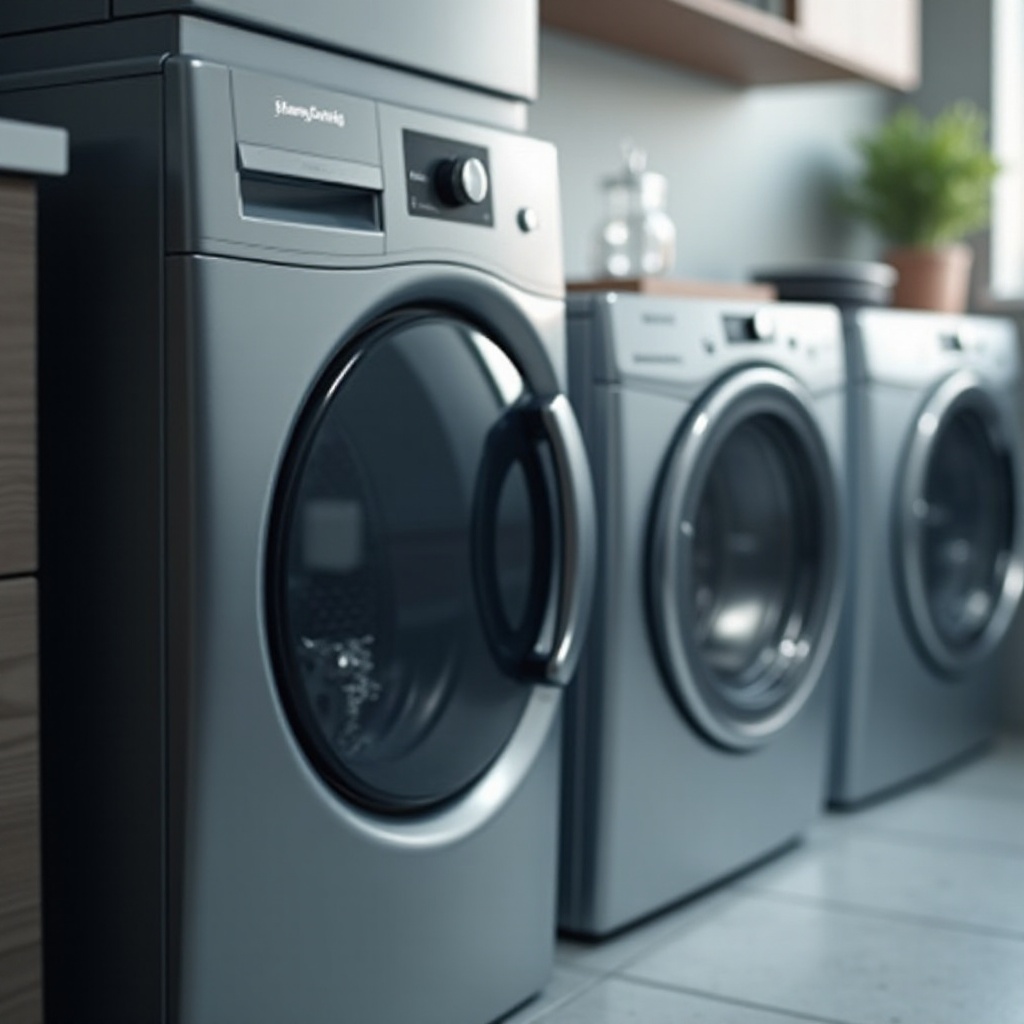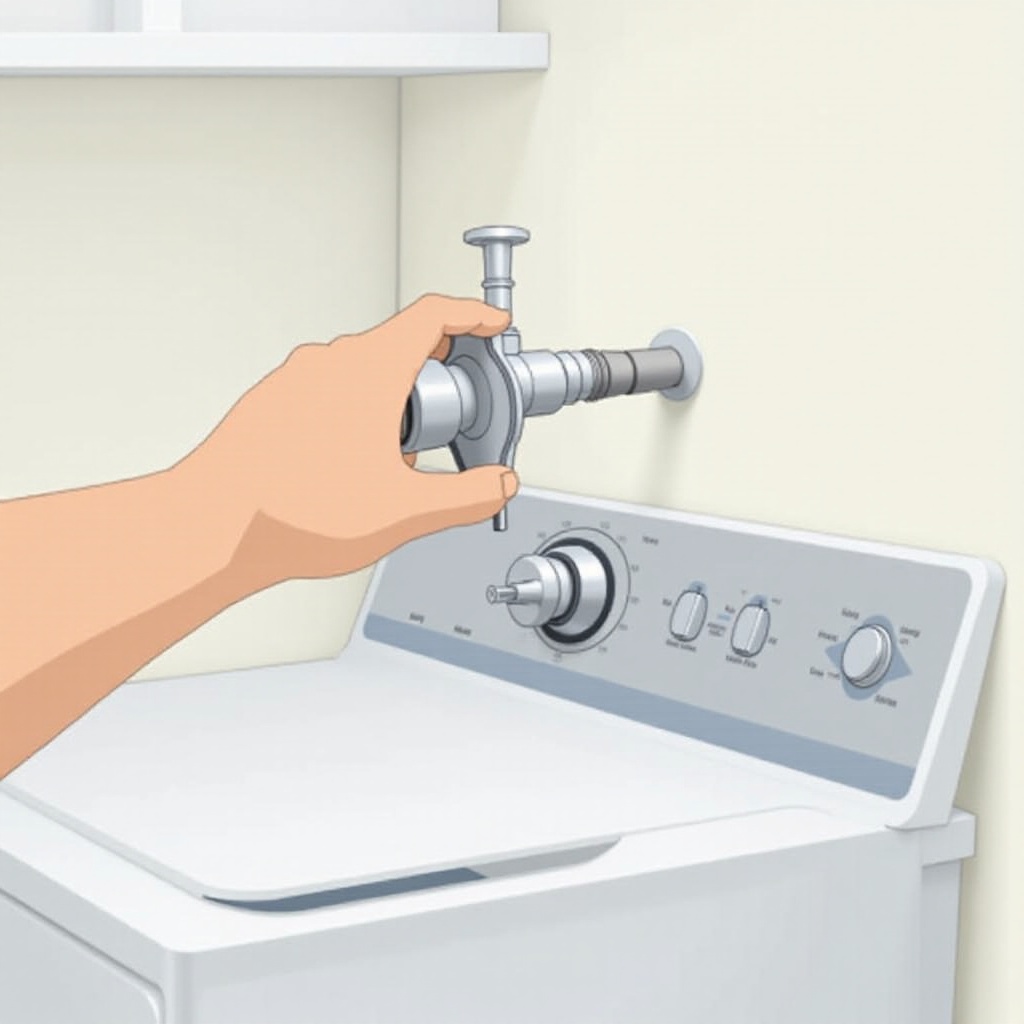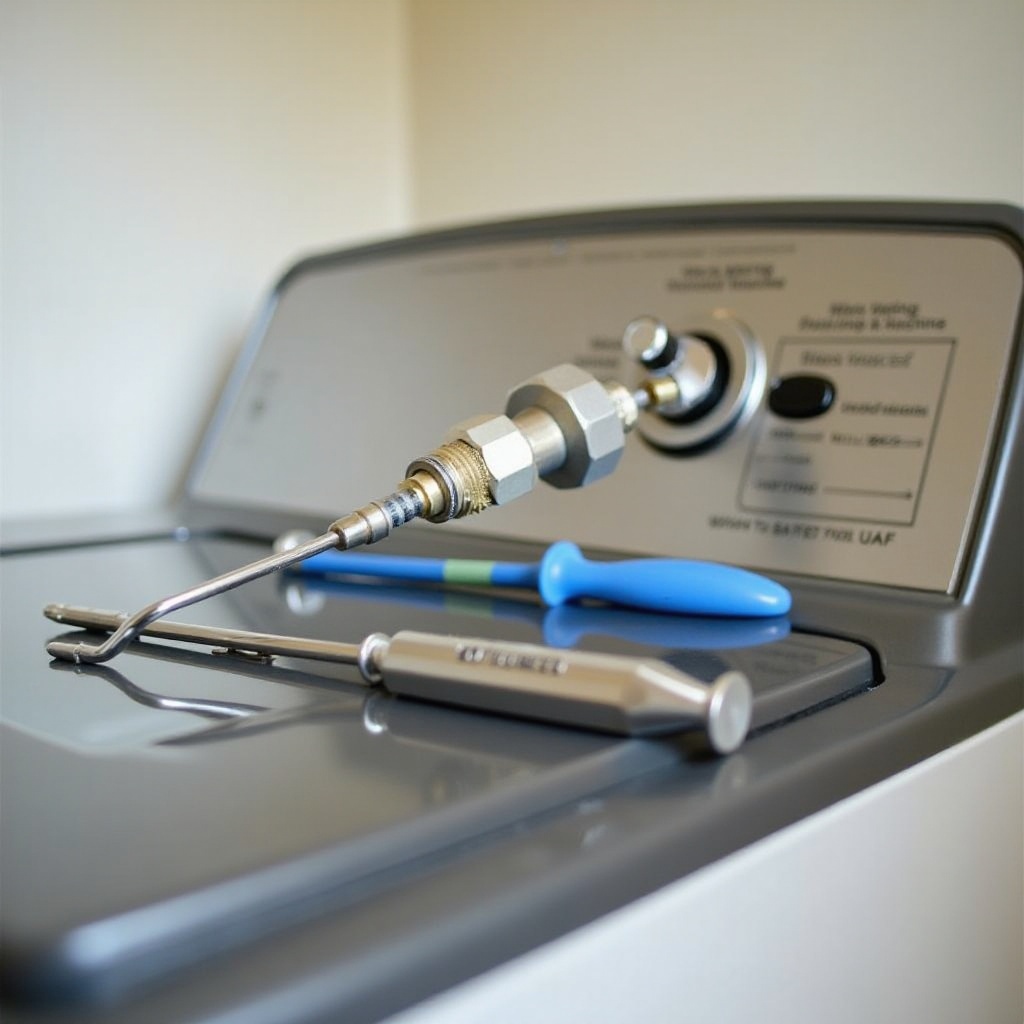Introduction
Knowing how to turn off the water supply to your washing machine is crucial for home maintenance. Whether you're dealing with a leak, moving the machine, or performing regular maintenance, understanding the process can save time and prevent damage. This detailed guide will provide you with easy-to-follow steps for safely turning off the water to your washing machine.

Why You Might Need to Turn Off the Water Supply
Several scenarios might require you to shut off the water supply to your washing machine. Leaks are a common issue where quick action can minimize water damage. Moving or repairing your washing machine also necessitates turning off the supply. Regular maintenance checks are essential too, as they help prevent minor issues from becoming significant problems. Understanding these situations prepares you for the upcoming section on tools and safety precautions you'll need.

Tools and Safety Precautions
Before starting the process, gather the necessary tools and take safety measures seriously. You'll need a wrench, towels, and possibly a small bowl to catch any water drips. Always turn off and unplug the washing machine before beginning. Wear gloves to protect your hands, especially if dealing with corroded or hard-to-turn valves. Proper preparation helps in executing the task smoothly and safely. Now you're ready to explore the step-by-step guide to actually turning off the water.
Step-by-Step Guide to Turning Off the Water
Locating the Water Valves: Look behind your washing machine to find two valves, typically red for hot and blue for cold. If they're located elsewhere, consult your machine's manual for guidance.
Shutting Off the Hot and Cold Water: Use your hand to turn each valve clockwise until tightly closed. If the valves are difficult to move, use a wrench with care.
Confirming the Water is Off: Activate the rinse cycle on your machine to ensure no water enters it. If the cycle runs without water, the valves are correctly turned off.
After successfully turning off the water and addressing any immediate concerns, you might encounter some problems with valves or leaks. Let’s proceed to potential issues and their solutions.
Common Problems and Solutions
While turning off the water supply, you might face some common issues. Here’s how to tackle them:
Stuck or Difficult Valves: Over time, mineral build-up can make valves tough to turn. Apply a penetrating oil to loosen them, or use a wrench for extra grip. Be gentle to avoid damaging the valves.
Leaking Valves: If a valve continues leaking after being turned off, it might be defective and require replacement. Contact a plumber if you're not comfortable doing it yourself.
When to Call a Professional Plumber: If the valves are broken or you encounter complex plumbing issues, it’s wise to get professional help to prevent further damage to your plumbing system.
Once any issues are resolved, it's wise to conduct maintenance checks to enhance your machine's functionality and longevity.
Post-Shutoff Maintenance Tips
Maintenance after turning off the water is key to keeping your machine in good working order. Here are some tips:
Clean around the valves and hoses to prevent rust and mineral build-up.
Inspect your valves regularly and replace them if you notice any wear or damage.
Perform routine washing machine cleaning to maintain efficiency and prolong its lifespan.
By following these maintenance practices, you'll ensure your washing machine's longevity and efficiency, making any future water shutoff processes straightforward. To conclude, let’s summarize the key points covered in this guide.

Conclusion
Knowing how to turn off the water to your washing machine allows you to handle emergencies and maintenance tasks effectively. With this guide, you’ll be prepared to manage your washing machine’s water supply confidently. Regular maintenance checks are crucial to prevent common issues and ensure smooth operation for years to come.
Frequently Asked Questions
How often should I check my washing machine valves?
Inspect your washing machine valves every six months to ensure they are functioning properly and to catch potential issues early.
What should I do if the valve is leaking?
If a valve leaks even after being turned off, it may be faulty. Consider replacing it or contact a professional plumber for assistance.
Can I turn off the water supply myself, or do I need a plumber?
In most cases, you can turn off the water supply yourself by following the steps in this guide. If you face complications, consider hiring a plumber.
